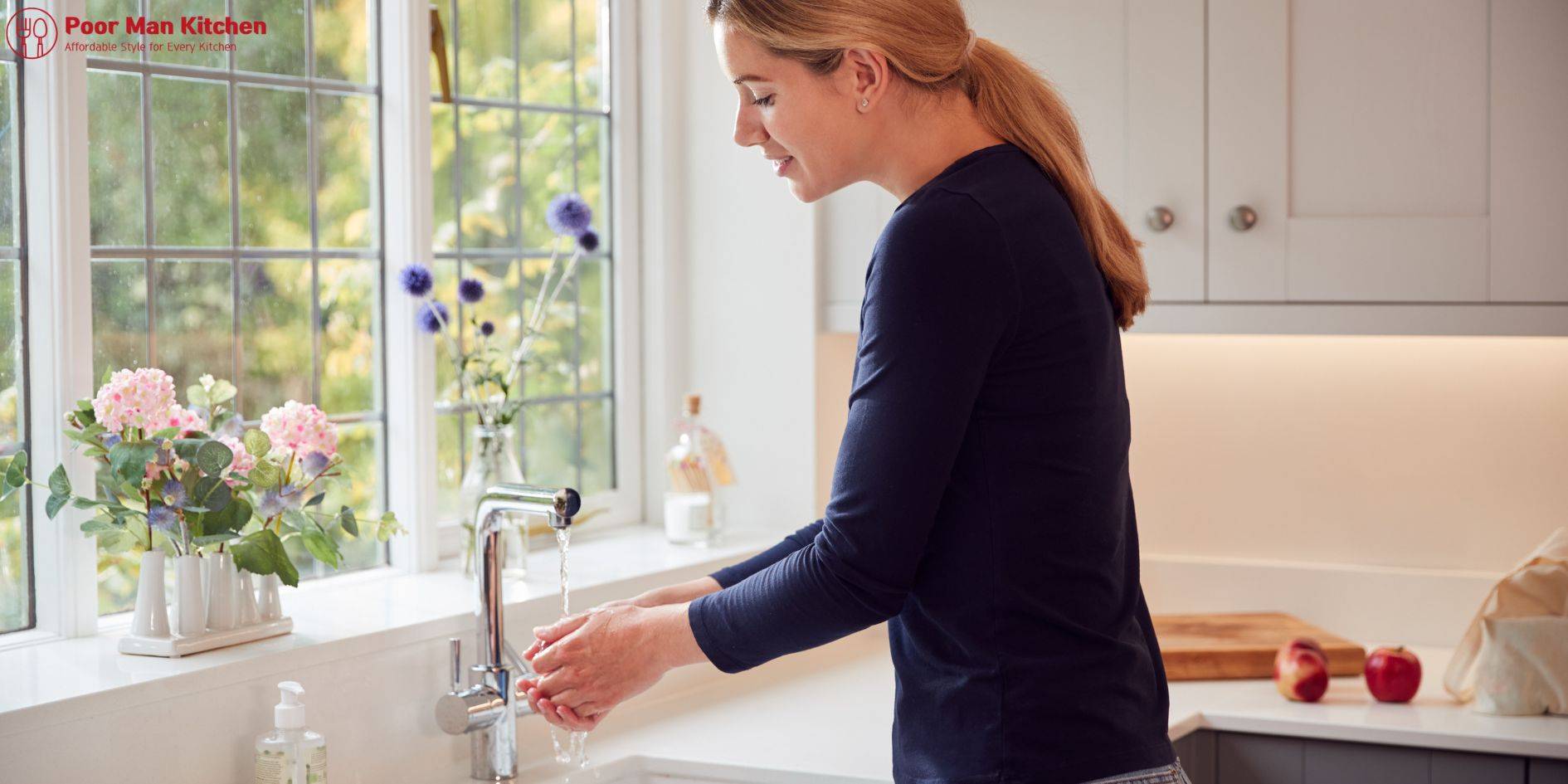Intro:
Kitchen sink soap dispenser exhausted of that cumbersome soap bottle always in the way near your sink? You’re not alone. Whether you’re cooking, cleaning, or simply washing your hands, a built-in kitchen soap dispenser makes life a lot simpler– and your kitchen a lot sleeker.
Setting one up may appear intimidating at first; however, I assure you, it’s much simpler than you think. With just a few tools and a little assistance, you can completely transform your sink setup in under an hour.
Let’s dive into the ultimate guide on how to set up a kitchen area sink soap dispenser the ideal way —in just five easy steps, with pro tips and insider tricks sprinkled in.
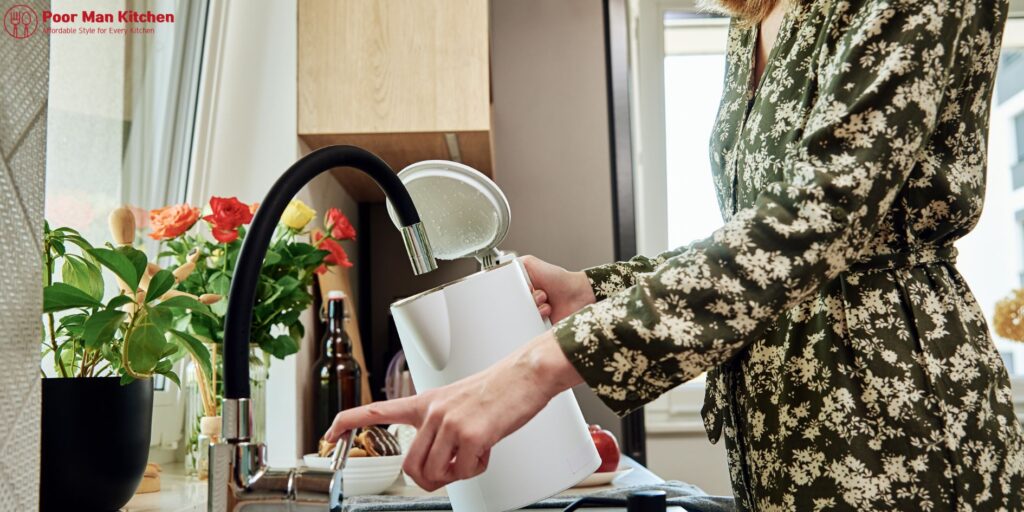
Why You Need a Built-In Soap Dispenser
A soap dispenser may seem like a minor upgrade; however, it brings significant value. Here’s why:
Cleaner Aesthetic
Built-in dispensers give your cooking area a tidy, minimalist look. No more plastic bottles hanging out on the counter.
Less Mess
You won’t have to handle sticky, soapy puddles left by leaking bottles any longer.
Easy Access
It’s constantly there, precisely where you require it. One push and you’re all set.
Bulk Savings
You can buy soap in large refill bottles, which conserves money and lowers plastic waste.
Tools and Materials You’ll Need
Before you roll up your sleeves, here’s whatever you need in one place:
- Soap dispenser kit (normally consisting of a pump, bottle, installation nut, and washer).
- Adjustable wrench or pliers.
- Basin wrench (handy but optional).
- Cleaning rag.
- Mild dish soap.
- Teflon tape (optional for extra leakage protection).
- Flashlight (to see plainly under the sink).
- Pail or towel (to safeguard the cabinet bottom).
Action 1: Choose the Right Soap Dispenser.
Built-In vs. Countertop Models.
Let’s start with the essentials: there are two typical kinds of kitchen area soap dispensers.
- Built-In Dispensers: Installed through a hole in your sink or countertop, these provide the most seamless and irreversible service.
- Countertop Bottles: Freestanding and simple to change, but they typically mess up your area and require regular cleaning.
We’re concentrating on the integrated kind because it’s the ultimate upgrade.
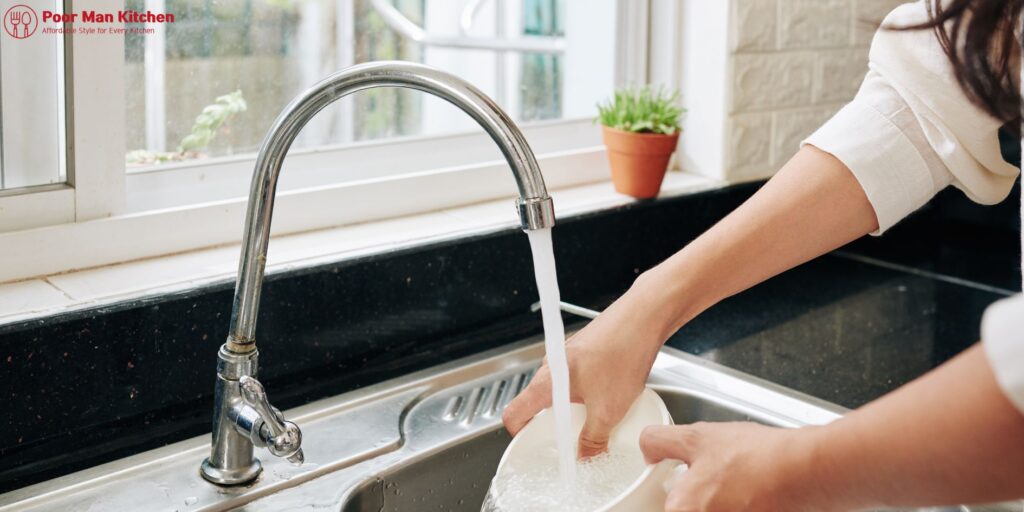
Style and Finish.
Match your new dispenser to your faucet for a consistent look. Popular finishes include:.
- Chrome.
- Brushed nickel.
- Matte black.
- Oil-rubbed bronze.
- Stainless steel.
Some even come with a fingerprint-resistant covering– extremely convenient for busy cooking areas.
Action 2: Prepare the Sink Area.
Clear the Area Under the Sink.
Before you start, empty the cabinet under your sink. You’ll need room to walk around and access the sink base. It’s likewise a great time to lay down a towel or container in case anything leaks during installation.
Discover or Create a Mounting Hole.
The majority of modern sinks featured an extra pre-drilled hole covered by a blank plate or spray nozzle. If you’re lucky, you can pop off the cover and place your soap pump.
What if You Don’t Have a Hole?
Drilling Stainless Steel or Cast Iron? Call a professional unless you’re experienced. Mistakes can be pricey.
- Granite or Quartz Countertops? You’ll need a diamond-tipped hole saw and plenty of patience.
- Do-it-yourself hack: Some people repurpose the sprayer hole if they don’t use it.
- As soon as the hole is open, thoroughly clean the location to ensure a tight, clean seal.
Action 3: Install the Pump Body.
Place the Pump from Above.
Ensure the decorative cap sits flush against the sink or countertop surface.
Tighten up the Nut from Below.
Move the rubber gasket and washer onto the shaft, then tighten the nut utilizing your hand or a wrench.
Pro Tip: Use a basin wrench if the area is tight —it’ll save your knuckles!
If you want to be extra careful about leaks, cover the threads with Teflon tape before tightening up.
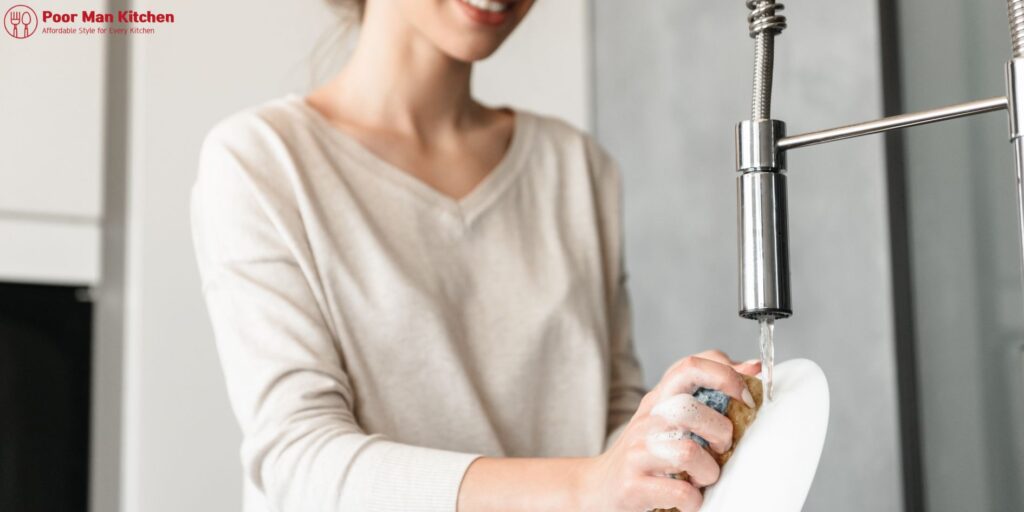
Step 4: Connect the Soap Bottle.
Attach the Soap Bottle.
Screw the soap container onto the threaded shaft listed below. Some bottles are made of plastic and twist directly into the base, while others utilize tubing connected to larger external bottles.
Ensure it’s safe and hand-tight —but once again, prevent over-tightening, which can split the bottle or strip the threads.
Refillable vs. Extended Tubing System.
- Standard Bottles: Hold around 10-20 oz and install straight under the sink.
- Extended Tubing: Draws soap from a large bottle stored under the cabinet —less frequent refills!
Extended systems are terrific for high-traffic kitchens or business usage.
Step 5: Prime the Dispenser.
Fill the Soap Bottle.
Put liquid soap into the pump from above. Many dispenser heads come off easily to reveal the fill hole. Beware of overfilling — leave an inch or two at the top.
Start Pumping.
It may take 5-10 pumps before the soap comes out the very first time. Once it’s streaming, you’re all set.
Extra Tips for Smooth Installation.
Use Warm Water.
This helps loosen up any tight seals or airlocks.
Secure the Bottle with a Support Ring.
Some upgraded packages include a bracket or ring to keep the soap bottle stable under the sink —great if you have family pets or a busy household.
Upkeep Tips for Long-Term Performance.
Regular Cleaning.
Once a month, please remove the pump head and wash it with hot water to clean out any buildup. Soak it in vinegar for 15– 30 minutes if it’s obstructed.
Avoid Thick or Foaming Soaps.
These tend to obstruct basic dispensers. Stick to standard liquid meal soap or watered-down hand soap for best outcomes.
Don’t Let Soap Sit Too Long.
Suppose you go on a trip or won’t use the dispenser for a while. Empty it. Soap that sits for weeks can solidify and obstruct the pump.
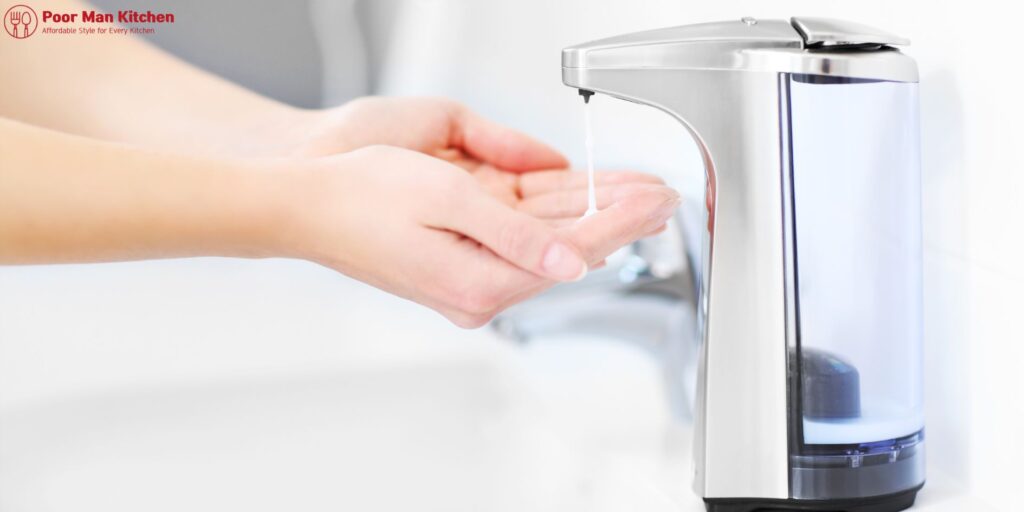
Troubleshooting Common Problems.
Soap Isn’t Dispensing.
- Pump not primed.
- Air bubble in the line.
- Blocked pump head.
Attempt to remove the pump and soak it in warm water or vinegar.
Leaks Under the Sink.
- If the bottle is broken, check.
- Make certain the threads are aligned and tight.
- Use Teflon tape on the threaded connection.
Loose Dispenser Head.
The installing nut may need to be tightened as listed below if the top wobbles when pushed.
Advantages of a Built-In Soap Dispenser.
Space-Saving Functionality.
You maximize your counters while enhancing the performance of your sink setup.
Minimal Refill Hassle.
Extended tubing lets you go months between refills.
Custom Style Options.
Dispenser heads are available in smooth, modern designs that complement your faucet and kitchen finish.
Eco-Friendly.
Refillable containers lower plastic waste from single-use soap bottles.
When Should You Call a Professional?
If your sink has no additional holes and you’re not confident about drilling into your counter, it’s time to call a professional. Consider aid if:.
- You have limited access under the sink.
- You’re setting up a dual system (like hand soap + lotion).
- You desire a custom-made cabinet bracket or extended tubing.
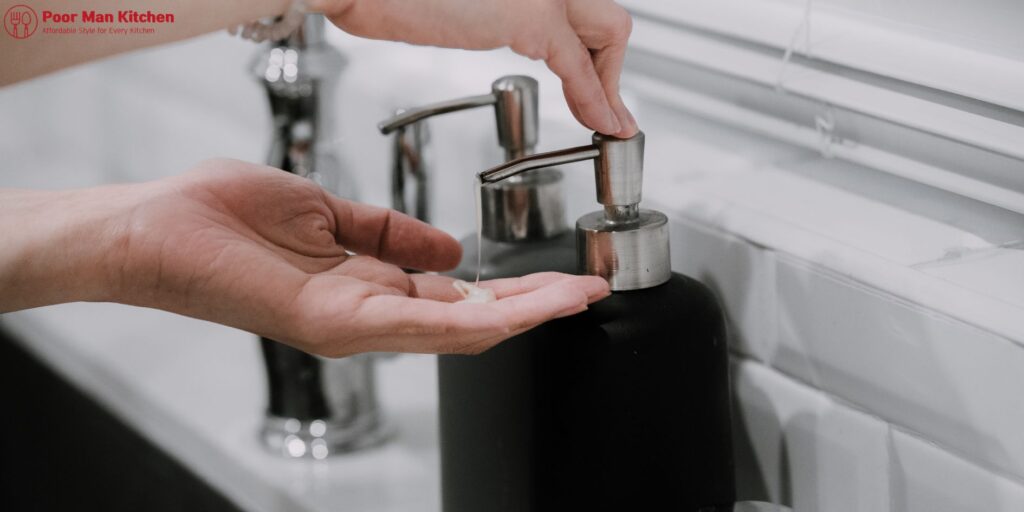
Conclusion.
Setting up a kitchen area sink soap dispenser isn’t just a cosmetic upgrade —it’s a practical improvement that makes your kitchen look cleaner and work smarter. Whether you’re building a brand-new kitchen or upgrading your old one, this is one small DIY project that packs a big punch.
So, what are you waiting for? Grab your wrench, pick your surface, and get pumping!
Frequently asked questions.
1. Can I set up a soap dispenser without an extra hole?
Yes, but it requires drilling a new hole. If your sink or countertop is made of stone or composite, expert help is recommended.
2. How much soap does the bottle normally hold?
The majority of bottles hold 10– 20 ounces. Some upgraded designs can connect to larger containers with tubing.
3. Can I use the dispenser for hand sanitizer or lotion?
Yes! Just make certain it’s not too thick or abrasive. Lotions and sanitizers can work well in quality pumps.
4. What kind of soap works best?
Usage standard liquid hand soap or meal soap.
5. Why does my pump quit working suddenly?
It might be clogged, the bottle may be empty, or there may be air in the line. Tired of that cumbersome soap bottle constantly in the way near your sink? Whether you’re cooking, cleaning, or simply cleaning your hands, a built-in kitchen soap dispenser makes life a whole lot easier– and your kitchen a lot sleeker.
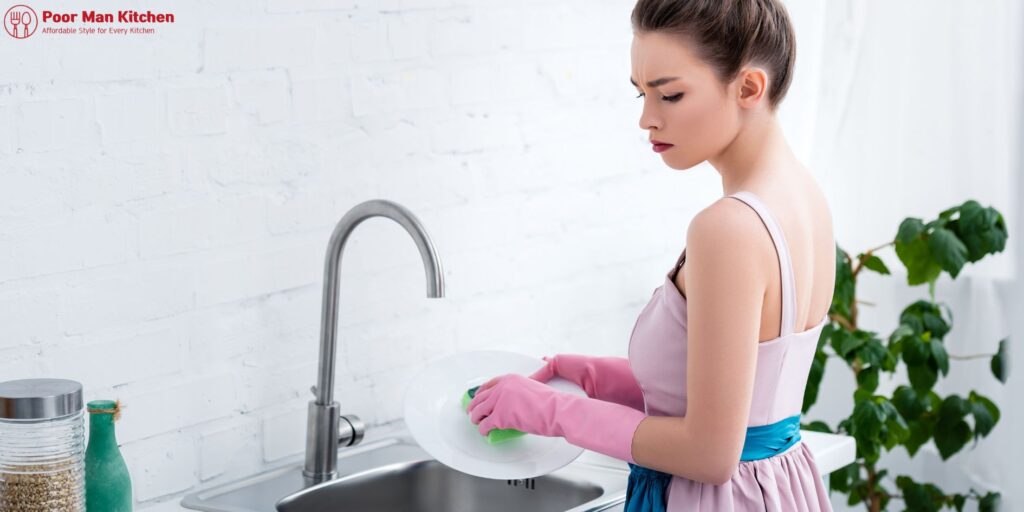
You’ll need room to move around and gain access to the sink base. Pour liquid soap into the pump from above. It may take 5-10 pumps before the soap comes out the first time.
<script type="application/ld+json">
{
"@context": "https://schema.org",
"@type": "BlogPosting",
"mainEntityOfPage": {
"@type": "WebPage",
"@id": "https://poormankitchen.com/kitchen-sink-soap-dispenser/"
},
"headline": "How to Install a Kitchen Sink Soap Dispenser in 5 Easy Steps",
"description": "Kitchen sink soap dispenser exhausted of that cumbersome soap bottle always in the way near your sink? You're not alone. Whether you're cooking, cleaning, or simply washing your hands, a built-in kitchen soap dispenser makes life a lot simpler-- and your kitchen a lot sleeker.",
"image": "https://poormankitchen.com/wp-content/uploads/2025/07/kitchen-sink-soap-dispenser-3.jpg",
"author": {
"@type": "Person",
"name": "poormankitchen",
"url": "https://poormankitchen.com/kitchen-sink-soap-dispenser/"
},
"publisher": {
"@type": "Organization",
"name": "Humayon",
"logo": {
"@type": "ImageObject",
"url": "https://poormankitchen.com/wp-content/uploads/2025/07/cropped-Nest-1.png"
}
},
"datePublished": "2025-08-03",
"dateModified": "2025-08-03"
}
</script>
